Squaring the Circle: The Violence of Environmental Form in the Colonial Caribbean
Squaring the Circle: The Violence of Environmental Form in the Colonial Caribbean
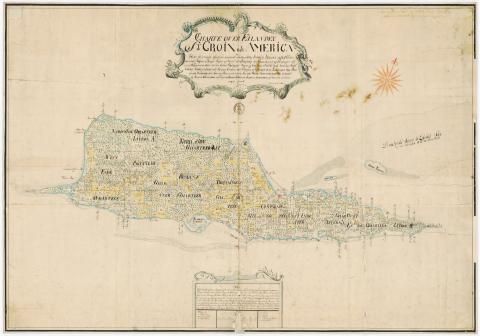
This blog post accompanies the article “Squaring the Circle: The Violence of Environmental Form in the Colonial Caribbean” in Small Axe 77 (July 2025).
by C.C. McKee
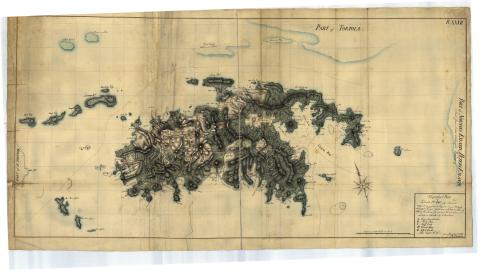
This article begins from the mathematical problem of squaring the circle— using only a compass and straightedge to construct a square with the same area as a given circle—as a method to build upon previous art historical and visual cultural scholarship on the history of slavery and the excessive violence it exercised upon Afro-descended peoples in the Caribbean.
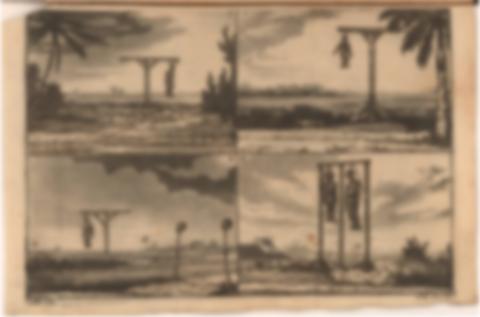
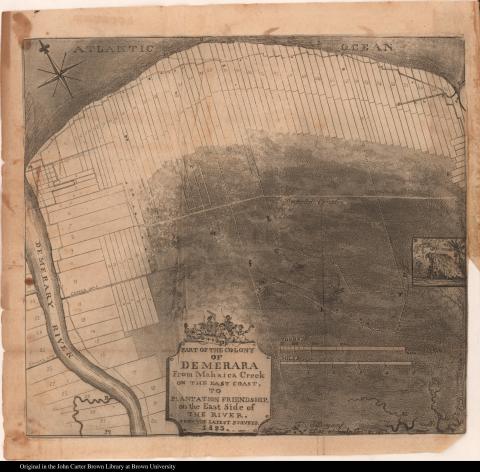
Beyond a reinscription of the racialized body as the ur-site of colonial violence, this essay takes up current debates surrounding formalist method in a range of intersecting fields—film studies, Black theory, visual culture studies, and ecocritical theory—to return to geometric form as a means of locating the pervasiveness of ontological evisceration across scale.

And yet, alongside the hegemonic power structures belied by these circular and rectangular shapes, this essay also locates moments of Black persistence in the Caribbean landscape. I trace this tension between circularity and rectilinearity across the Danish and French Caribbean colonies in the mid- to late-eighteenth century.
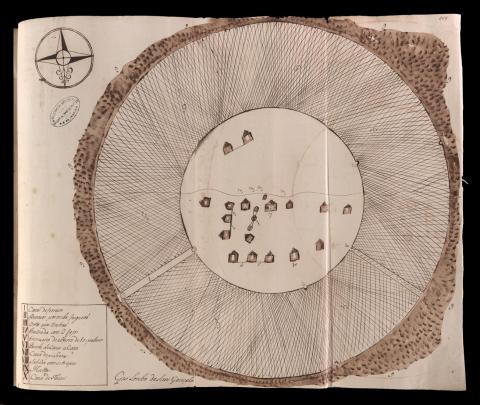
The maps and prints included here are referenced in the printed essay. Because this essay discusses at length images of anti-black violence in the form of execution, I have chosen to reference those images as blurred with a link for readers to see the original.